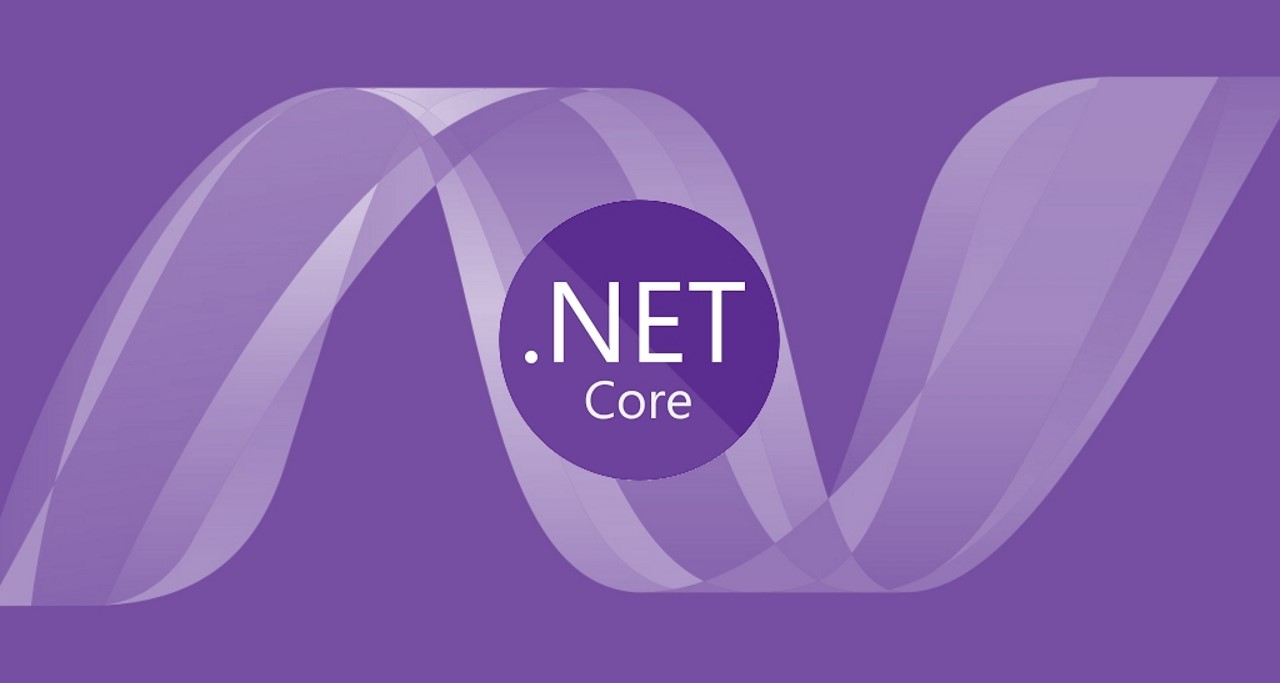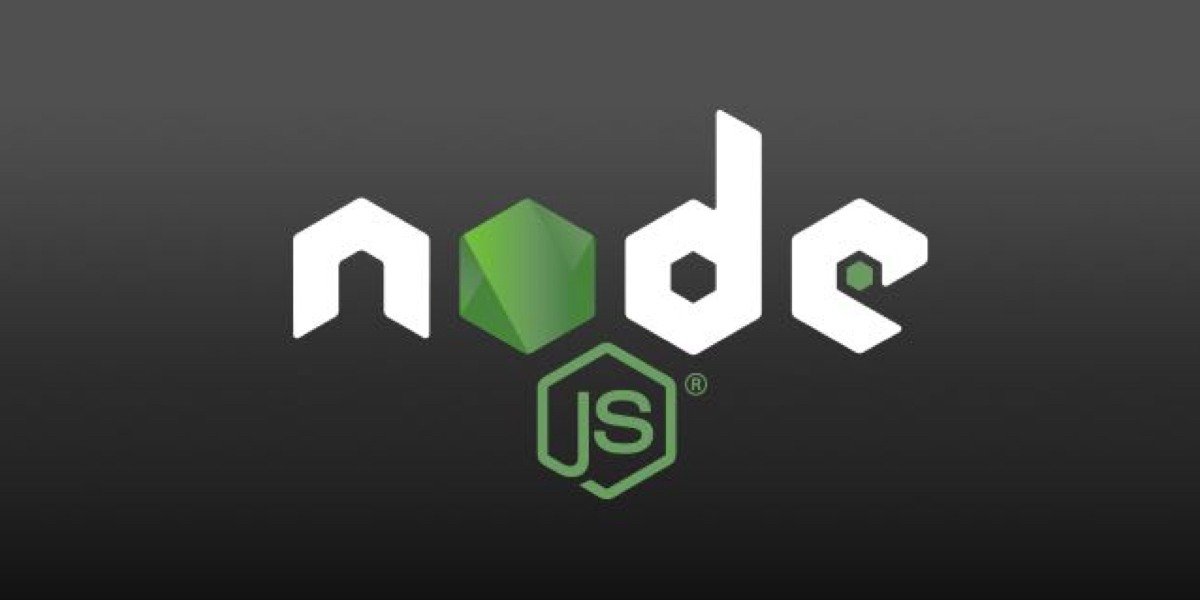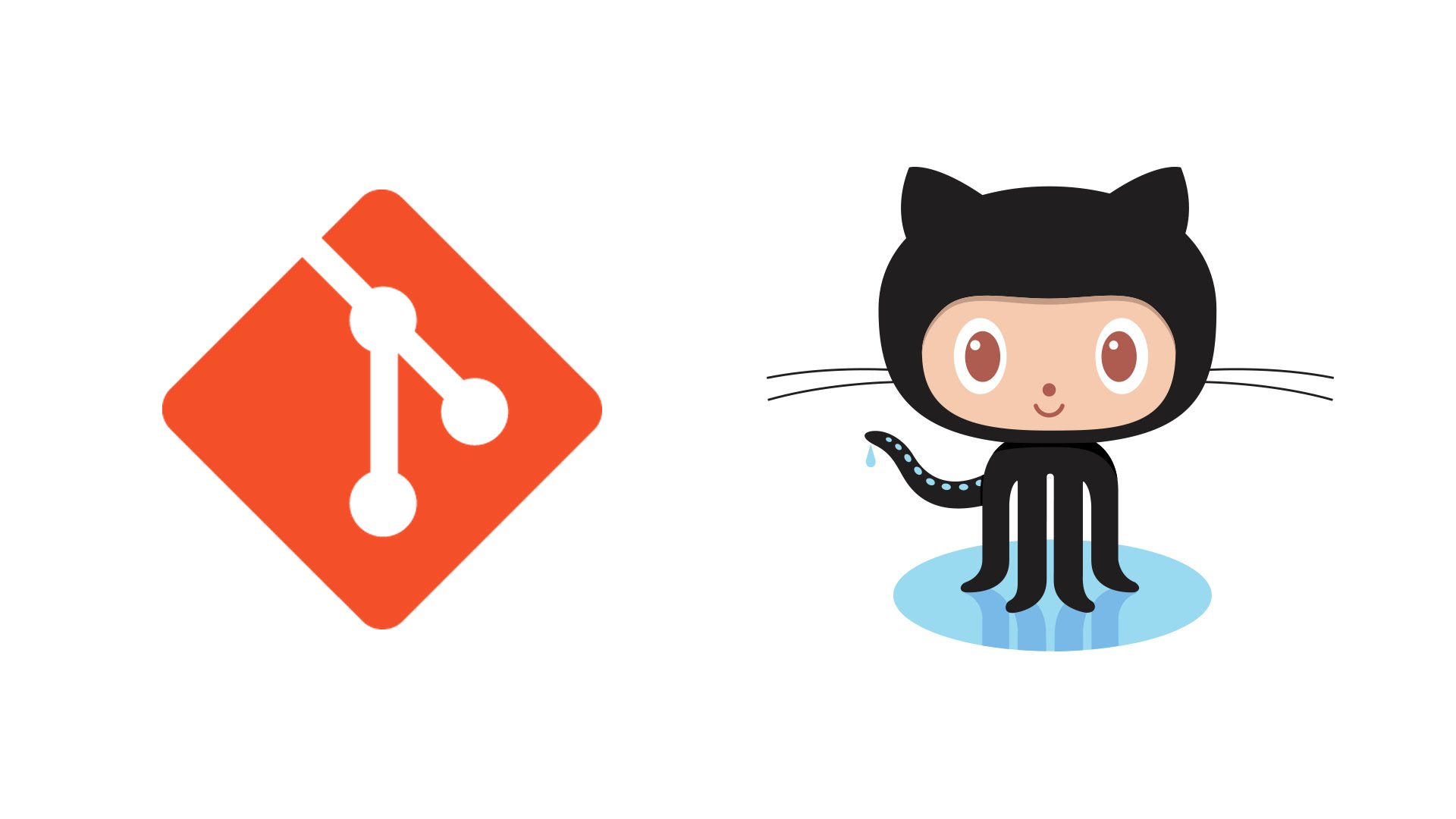对.net core认证授权的一些理解
认证(Authentication)和授权(Authorization)是两个不同的动作
- 认证主要判断请求是由谁发出的,确认请求用户的信息(Claims,类似身份证信息的概念)
- 授权是在认证的基础上,根据认证获取到的用户的信息,判断用户是否有其请求资源的操作权限
认证
services.AddAuthentication(),app.UseAuthentication()配置使用认证中间件- 添加认证中间件时,可以设置多种不同的认证方案(Scheme)
- 常见的一些认证方案&自定义
- CookieAuthenticationDefaults.AuthenticationScheme
services.AddAuthentication(CookieAuthenticationDefaults.AuthenticationScheme) - JwtBearerDefaults.AuthenticationScheme
services.AddAuthentication(JwtBearerDefaults.AuthenticationScheme) - IdentityConstants.ApplicationScheme
AddIdentity里面做了一个如下的操作services.AddIdentity<IdentityUser, IdentityRole>()services.AddAuthentication(options => { options.DefaultAuthenticateScheme = IdentityConstants.ApplicationScheme; options.DefaultChallengeScheme = IdentityConstants.ApplicationScheme; options.DefaultSignInScheme = IdentityConstants.ExternalScheme; }) - 自定义认证方案
services.AddAuthentication("CustomAuth"); //或者 services.AddAuthentication(options => { options.DefaultAuthenticateScheme = "CustomAuth"; options.DefaultChallengeScheme = "CustomAuth";//也可以指定成其他的,不一定要和DefaultAuthenticateScheme一样 options.DefaultSignInScheme = "CustomAuth";//也可以指定成其他的,不一定要和DefaultAuthenticateScheme一样 })
- CookieAuthenticationDefaults.AuthenticationScheme
- 只设置认证方案是不够的,还需要对认证方案指定验证逻辑(AuthenticationHandler)
- 常见的一些认证方案指定验证逻辑
- CookieAuthenticationDefaults.AuthenticationScheme -> CookieAuthenticationHandler
//https://github.com/dotnet/aspnetcore/blob/main/src/Security/Authentication/Cookies/src/CookieExtensions.cs services.AddAuthentication(CookieAuthenticationDefaults.AuthenticationScheme).AddCookie(options=>{xxx}); - JwtBearerDefaults.AuthenticationScheme -> JwtBearerHandler
//https://github.com/dotnet/aspnetcore/blob/main/src/Security/Authentication/JwtBearer/src/JwtBearerExtensions.cs services.AddAuthentication(JwtBearerDefaults.AuthenticationScheme).AddJwtBearer(options=>{xxx}) - IdentityConstants.ApplicationScheme -> CookieAuthenticationHandler (阅读理解services.AddIdentity源码)
services.AddAuthentication(options => { options.DefaultAuthenticateScheme = IdentityConstants.ApplicationScheme; options.DefaultChallengeScheme = IdentityConstants.ApplicationScheme; options.DefaultSignInScheme = IdentityConstants.ExternalScheme; }) //对IdentityConstants.ApplicationScheme认证方案指定CookieAuthenticationHandler .AddCookie(IdentityConstants.ApplicationScheme, o => { o.LoginPath = new PathString("/Account/Login"); o.Events = new CookieAuthenticationEvents { OnValidatePrincipal = SecurityStampValidator.ValidatePrincipalAsync }; }) //对IdentityConstants.ExternalScheme认证方案指定CookieAuthenticationHandler .AddCookie(IdentityConstants.ExternalScheme, o => { o.Cookie.Name = IdentityConstants.ExternalScheme; o.ExpireTimeSpan = TimeSpan.FromMinutes(5); }) //对IdentityConstants.TwoFactorRememberMeScheme认证方案指定CookieAuthenticationHandler .AddCookie(IdentityConstants.TwoFactorRememberMeScheme, o => { o.Cookie.Name = IdentityConstants.TwoFactorRememberMeScheme; o.Events = new CookieAuthenticationEvents { OnValidatePrincipal = SecurityStampValidator.ValidateAsync<ITwoFactorSecurityStampValidator> }; }) //对IdentityConstants.TwoFactorUserIdScheme认证方案指定CookieAuthenticationHandler .AddCookie(IdentityConstants.TwoFactorUserIdScheme, o => { o.Cookie.Name = IdentityConstants.TwoFactorUserIdScheme; o.Events = new CookieAuthenticationEvents { OnRedirectToReturnUrl = _ => Task.CompletedTask }; o.ExpireTimeSpan = TimeSpan.FromMinutes(5); }); - 自定义认证方案
- 定义一个类继承AuthenticationHandler,重写HandleAuthenticateAsync方法
- 定义一个类继承AuthenticationSchemeOptions
- 定义一个AuthenticationBuilder的扩展方法,例如:
public static AuthenticationBuilder AddCustomAuth(this AuthenticationBuilder builder, Action<CustomAuthenticationOptions> configureOptions) { return builder.AddScheme<CustomAuthenticationOptions, CustomAuthenticationHandler>("CustomAuth", configureOptions); } - 指定验证逻辑
services.AddAuthentication("CustomAuth").AddCustomAuth(options=>{xxx});
- CookieAuthenticationDefaults.AuthenticationScheme -> CookieAuthenticationHandler
- 认证方案和验证逻辑是可以任意组合绑定的,例如:
CookieAuthenticationDefaults.AuthenticationScheme、IdentityConstants.ApplicationScheme,都会指定用CookieAuthenticationHandler
授权
- 要在
app.UseAuthentication()代码之后添加app.UseAuthorization()使用授权中间件 - 使用
AuthorizeAttribute特性标记控制器类或方法需要的权限[Authorize]//不指定认证方案,会按默认的认证方案处理 [Authorize(AuthenticationSchemes="CustomAuth")]//指定用特定的认证方案 [Authorize("AtLeast21")]//基于Policy授权 [Authorize(Policy="AtLeast21")]//基于Policy授权 [Authorize(Roles="Admin")]//基于角色授权 - 直接对终结点设置需要的权限
app.UseEndpoints(endpoints => { var pipeline = endpoints.CreateApplicationBuilder().Build(); var swaggerAuthAttr = new AuthorizeAttribute("swagger-permission"); endpoints.Map("/swagger/{documentName}/swagger.json", pipeline).RequireAuthorization(swaggerAuthAttr); endpoints.Map("/swagger/index.html", pipeline).RequireAuthorization(swaggerAuthAttr); endpoints.Map("/myswagger/{documentName}/swagger.json", pipeline).RequireAuthorization(swaggerAuthAttr); endpoints.Map("/myswagger/index.html", pipeline).RequireAuthorization(swaggerAuthAttr); }); - 基于Policy授权
- 基于角色授权
本博客所有文章除特别声明外,均采用 CC BY-NC-SA 4.0 许可协议。转载请注明来自 Amos's blog!
评论



